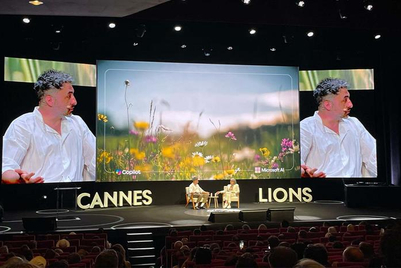
Asia-Pacific’s advertising market grew by 5.3 percent in 2016, cementing its position as the second-largest behind North America with 30 percent of global advertising revenues, according to the latest Magna Advertising Forecast report from IPG Mediabrands.
The growth, totaling US$148 billion, was below Magna’s previous expectation of 6 percent, and similar is expected in 2017 at around 5.4 percent. Linear television still took the lion’s share of the ad spend, at 39 percent, but digital is expected to grow by 18 percent this year, accounting for US$51 billion, or just over a third of total spend.
Within digital, search and social spend together represent 83 percent of total incremental dollars across all media formats in APAC. Mobile spend in the region increased by more than 40 percent to over US$26 billion, representing more than half of digital ad spend in APAC for the first time. Simultaneously, television saw just 2 percent growth, while printed ad sales shrank by 10 percent.
China remained the second-largest advertising market in the world after the US, accounting for US$61 billion) of ad sales in 2016. However, with the slowdown in China’s economy, the country’s 7.2 percent growth did not meet initial expectations of 8.4 percent. Its forecast for 2017 is lower still at 6.5 percent.
The country remains one of the strongest in digital advertising, making up 16 percent of global spend. Mobile also grew significantly by 39 percent, and Magna forecasts that by 2021 mobile ad spend will reach US$37 billion.

The biggest growth in APAC for ad spend was found in the less developed markets, such as the Philippines (17 percent), Sri Lanka (15 percent), India (14 percent) and Pakistan (13 percent), although the incremental dollar contribution from all four markets is three times smaller than China.
Markets experiencing negative growth included Hong Kong (-2 percent), Singapore (-4 percent) and Thailand (-13 percent), although that is attributable to the advertising blackout following the death of King Bhumibol Adjulyadej.
Magna found that India’s ad market has doubled in size in the last six years, with 2016 showing a US$8.7 billion hike in advertising sales. There is also still huge room for growth, as India has one of the lowest advertising intensity rates of the 70 countries Magna monitors, and sales are projected to hit 1 trillion rupees by 2021, making India one of the world’s top 10 ad markets.
Television remains king, with 41 percent of ad spend, although digital grew two points to 14 percent this year. Continuing to buck the global trend of declining print ad sales, the sector grew 8.2 percent to 36 percent, remaining India’s second-largest ad spend market.
On the back of robust growth in social media and video, Magna predicts that in 2017 digital ad spend will increase to 17 percent, while print will drop marginally to 34 percent.
Digital maintained its position as the largest ad market in Australia, representing 48 percent of total spend. This is forecast to hit 65 percent by 2021. The overall ad market grew by 7 percent to US11 billion. Magna said Japan also grew in line with expectation of 2.6 percent, and remains the third-largest global advertising market at around US$34 billion.



.jpg&h=334&w=500&q=100&v=20250320&c=1)



.png&h=334&w=500&q=100&v=20250320&c=1)



.png&h=334&w=500&q=100&v=20250320&c=1)





.png&h=268&w=401&q=100&v=20250320&c=1)
.png&h=268&w=401&q=100&v=20250320&c=1)

